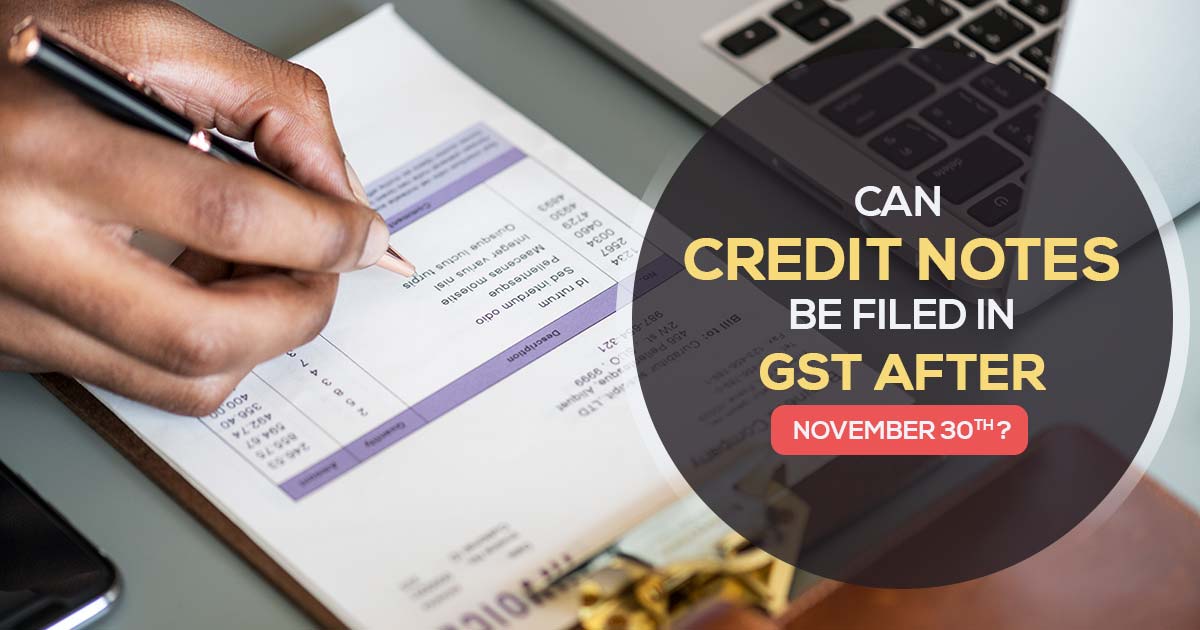
Can we show the GST credit note in returns post-30th November of the next fiscal year? The author attempted to examine and think about the same aspect in the said blog.
What is a GST Credit Note?
A credit note is said to be a very common financial document that has been issued by all sorts of businesses. In easy language, a credit note is a document that is been issued via the supplier in which the supplier wants to credit the account of the client for various reasons like cost distinction, discount, damages, etc. Under the GST statute, there is an issuance concept of GST credit notes in the subsequent matters-
- The tax imposed in that tax invoice is more than the actual tax levied to get paid for these supplies.
- Taxable value seems to be more than the actual taxable value that was supposed to be levied.
- Where goods or services supplied are discovered to be deficient.
- In which the recipient returned the supplies of the goods.
In this blog, the author does not discuss the technicality of the GST credit note issuance however, the time duration during which the same must be revealed in the GST returns.
Statutory Provision for Issuing and Declaring GST Credit Note
The legal provision for issuing and declaring a GST credit note is outlined in the GST regulations and laws. It is essential to follow the specific guidelines of the tax authorities to issue credit notes for GST purposes:
What Says GST Section 34(2)?
(2) Any registered person who issues a credit note about a supply of goods or services or both shall declare the details of such credit note in return for the month during which such credit note has been issued but not later than the thirtieth day of November following the end of the financial year in which such supply was made, or the date of furnishing of the relevant annual return, whichever is earlier, and the tax liability shall be adjusted in such manner as may be prescribed:
In summary, 30th November is the due date for the disclosure of the credit note in the return, complying with the finish of the fiscal year where this supply was made or the filing date of the yearly return, whichever is before. The same indicates that the issuance of the credit note must indeed occur before the date.
Review of Section 34 of the CGST Act
We shall review the aforesaid provision to know the timelines. The aforesaid provision, i.e. section 34 furnishes for the time duration for the GST credit note declaration in the return. We learned the definition of GST return under the time duration, which is applicable only for the return declaration.
What Does Section 2(97) of the CGST Act Specify?
Section 2(97) of the CGST Act, 2017 describes return to mean any return prescribed or otherwise required to be furnished by or under this Act or the rules made thereunder.
All regular assessees file GSTR-1 and GSTR-3B on a monthly basis. Whether such are the returns for section 34? Section 37 and Section 39 of the CGST Act including the rules cover the need for furnishing of GSTR-1 and GSTR-3B returns respectively. We now probe whether GSTR-3B and GSTR-1 are returns.
Is the Deadline for Disclosure/Rectification of GSTR 3B Returns 30th November?
As per the provision, it cites 30th November and therefore the disclosure must be in any return that could be filed up to 30th November. No certain limitation under the statute to file GSTR-3B for a specific month in the identical month is there however the common portal (GST portal) does not permit the assessee to file GSTR-3B of a certain month say November in the month of November except in particular unusual cases.
By 30th November, only returns up to October can be filed. The due date under the technical terms for issuing shall be 31st October and declaring the GST credit note in GSTR-3B is 30th November of the next fiscal year however, in return for October (assuming that the annual return would be filed afterwards).
Is the GSTR 1 a return & Covered by the Time Limitation of Section 34?
Section 37 of the CGST Act r/w Rule 59 of the CGST Rules allotted for providing the information of outward supplies in FORM GSTR-1. However, this provision nowhere prescribes/demonstrates that the form provided u/s 37 is a return. Therefore, it can be said that GSTR-1 is just a statement for declaring the outward supplies.
Does the Time Limit of GST Credit Note Declaration Apply to GSTR 3B Return Declaration?
On the aforesaid grounds, as GSTR-3B is a return, the credit note is needed to get shown in GSTR-3B. As given under section 34 the declaration must not be accomplished subsequently than 30th November of the next fiscal year or the filing date of providing the yearly return, whichever is before.
Is It Sufficient to Declare a GSTR 3B Credit Note?
It could be regarded that GSTR-1 is not a return for section 2(97) of the CGS Act, though not judicially tested, it can be articulated that no time limit is there for disclosure of GST credit notes in GSTR-1. The case of B.C. Srinivasa Setty [Appeal (civil) 2335 of 2003], it was kept that in the absence of any procedure calculation furnished in the provision, it needs to be considered that there was no intent to impose any tax.
In undertaking the identical analogy here section 34 is the certain provision that counted the time duration for the GST credit note declaration, however, it does not cover the time duration for the disclosure in GSTR-1, therefore the same can be cited that no time duration is there for the disclosure of credit note in GSTR-1 and disclosure can be made even after 30th November of the next fiscal year.
In the lack of any ruling as of date, the same view might need to be litigated.
There can be another thought procedure. When a certain provision, i.e. section 34 does not furnish for any time duration, the general provision i.e. section 37 can be referred to. The declaration of transactions in GSTR-1 is counted under section 37.
Section 37 states that no rectification or omission is to be made in GSTR-1 returns after 30th November of the next fiscal year to which this information is related. Sub-rule 4(c) of Rule 59 mandates disclosure of debit and credit notes in GSTR-1. On harmonious reading of Rule 59, Sections 37 and 34, it can be quoted that any credit note issued following section 34 should also be declared in GSTR-1 within 30th November of the subsequent year in which such supply was made.
The time limit is not given in section 34 for disclosure of credit notes in GSTR-1, the time limit as given in the proviso to Section 37(3) of the CGST Act can apply to credit notes issued u/s 34 of the CGST Act. GST authorities also accepted the same. From circular 26/26/2017-GST on 29.12.2017 and circular 137/07/2020-GST dated 13.04.2020, an identical view is coming.
For a simpler understanding summary of the above discussion-
| Invoice date | Credit note date | Deadline for disclosure in GSTR 1 returns | Deadline for disclosure in GSTR 3B returns |
|---|---|---|---|
| 01.01.2025 | 01.03.2025 | 30.11.2025 | 30.11.2025 |
| 01.01.2025 | 01.07.2025 | 30.11.2025 | 30.11.2025 |
| 01.01.2025 | 31.10.2025 | 30.11.2025 | 30.11.2025 |
| 01.01.2025 | 30.11.2025 | The credit note cannot be issued post 31.10.2025 | The credit note cannot be issued post 31.10.2025 |
What If the GST Credit Note is Not Adjusted in GSTR 3B Returns up to November 30th of the Next FY?
For the case of a GST credit note but no outward tax obligation, no adjustment is there in the tax imposed in the GST credit note in GSTR-3B since the return does not accept negative figures. However, no restriction/condition is there in the GST regulation which furnishes that there is a need to have enough obligation to attain the benefit of GST levied in the credit note, the GST portal does not authorise adjustment of the credit note otherwise.
Thus, in this situation, the credit note remains unadjusted even after 30th November of the following fiscal year. No transparency is there in the GST Act and regulations in such a situation, though there are a couple of circulars where this concern has been discussed and clarification has been given.
On 29.12.2017, circular 26/26/2017 addressed the problem of disclosure where there are credit notes but no outward obligation. The appropriate extract is as follows:
- It is clarified that as returns in FORM, GSTR-3B do not contain provisions for reporting differential figures for the past month(s), the said figures may be reported on a net basis along with the values for the current month itself in appropriate tables i.e. Table No. 3.1, 3.2, 4 and 5, as the case may be. It may be noted that while making adjustments in the output tax liability or input tax credit, there can be no negative entries in the FORM GSTR-3B. The amount remaining for adjustment, if any, may be adjusted in the return(s) in FORM GSTR3B of subsequent month(s) and, in cases where such adjustment is not feasible, a refund may be claimed. Where adjustments have been made in FORM GSTR-3B of multiple months, corresponding adjustments in FORM GSTR-1 should also preferably be made in the corresponding months.
As the obligation is insufficient, the circular clarifies that where the credit note could not be shown in GSTR-3B, the unused amount adjustment of the credit note is to be adjusted in the coming months. When no possibility of adjustment is there, the refund might get claimed. Identical adjustments must be made in the corresponding GSTR-1.
In which case is the adjustment not possible? any rectification or omission is not been permitted under section 39 after 30th November of the subsequent financial year. The same is identical to the timeline as furnished in Section 34 of the CGST Act. If the credit note is related to FY 2023-24, then the tax amount engaged in these credit notes must be adjusted in GSTR-3B by 30th November 2024.
The adjustment becomes impossible if no sufficient tax obligation is there till 30th November 2024 and therefore the given option of a refund in the aforesaid circular. If the credit note cannot be adjusted in GSTR-3B up to 30th November of the next fiscal year, the adjustment cannot be made and the only option available is to claim a refund.
Likewise, given in circular 137/07/2020-GST on 13.04.2020 as well which explains that refund application in these cases can be made under “Excess payment of tax, if any” via FORM GST RFD-01.
Closure: The blog is navigated to draw transparency on the mess for the disclosure and the issuance of the GST credit note. The assessees are required to ensure that the credit notes are provided not after 31st October of the next fiscal year to which these supply concerned and must be shown in GSTR-1 and GSTR-3B up to October GSTR-1 and October GSTR-3B of the succeeding fiscal year. There shall be no business loss, as well as no dispute from the GST authorities, taking place through this.



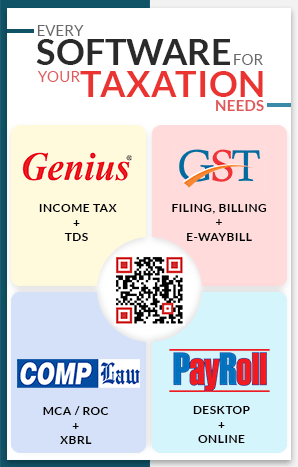
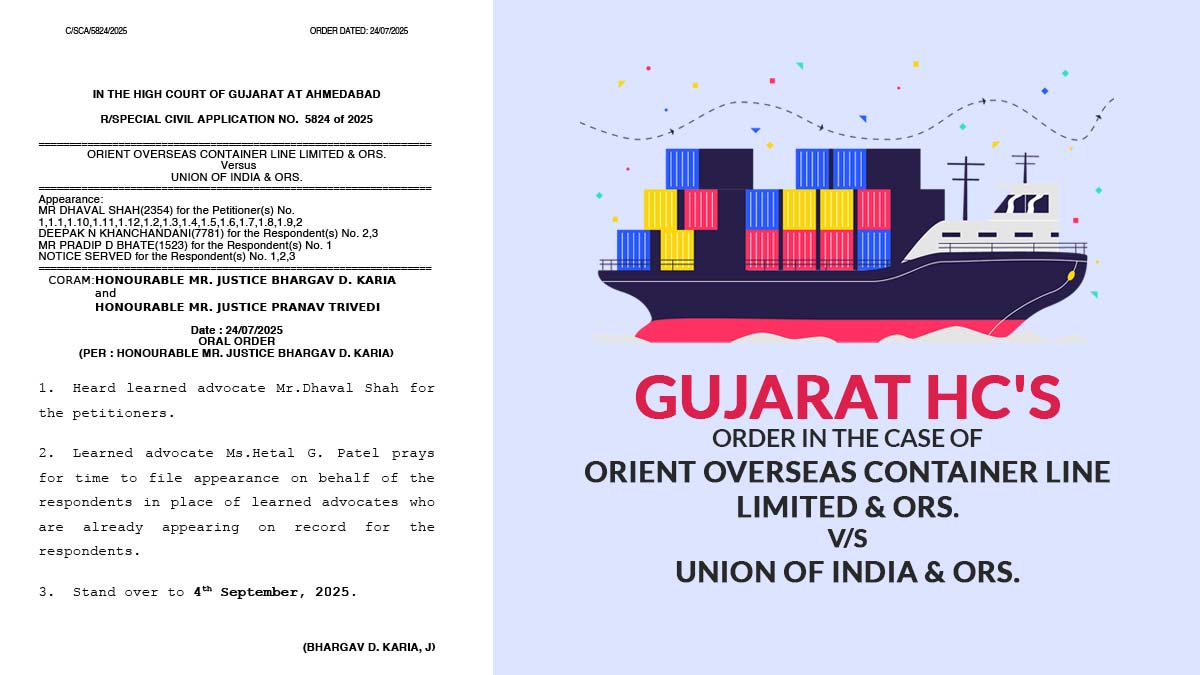
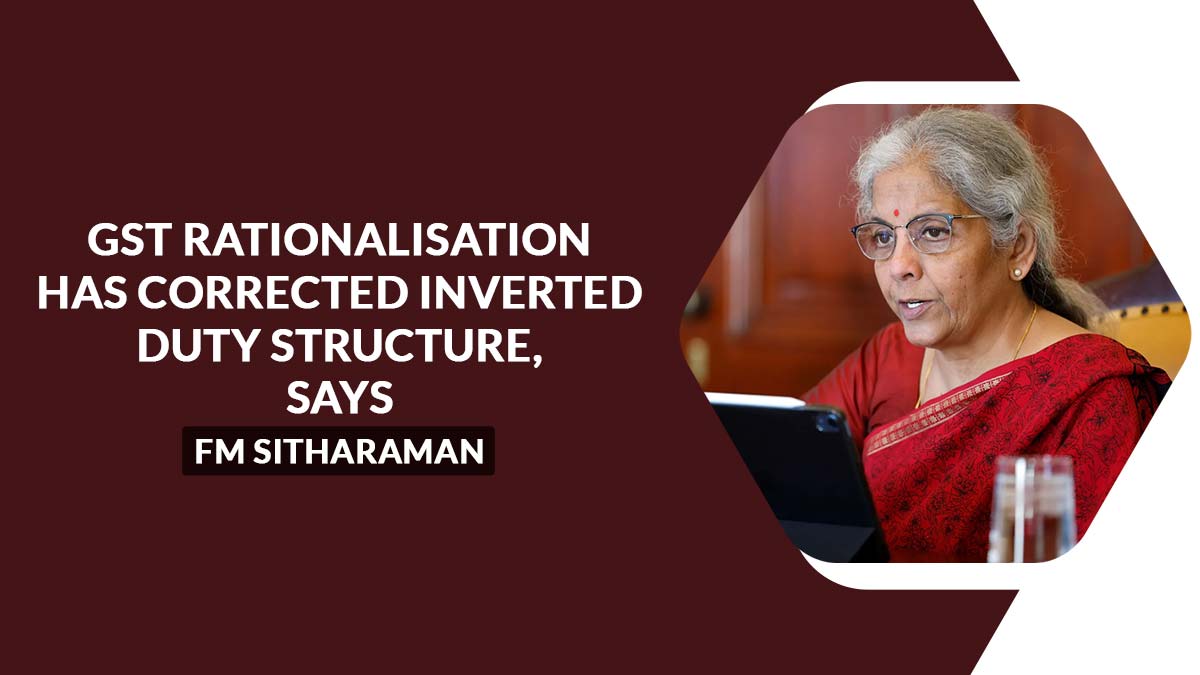
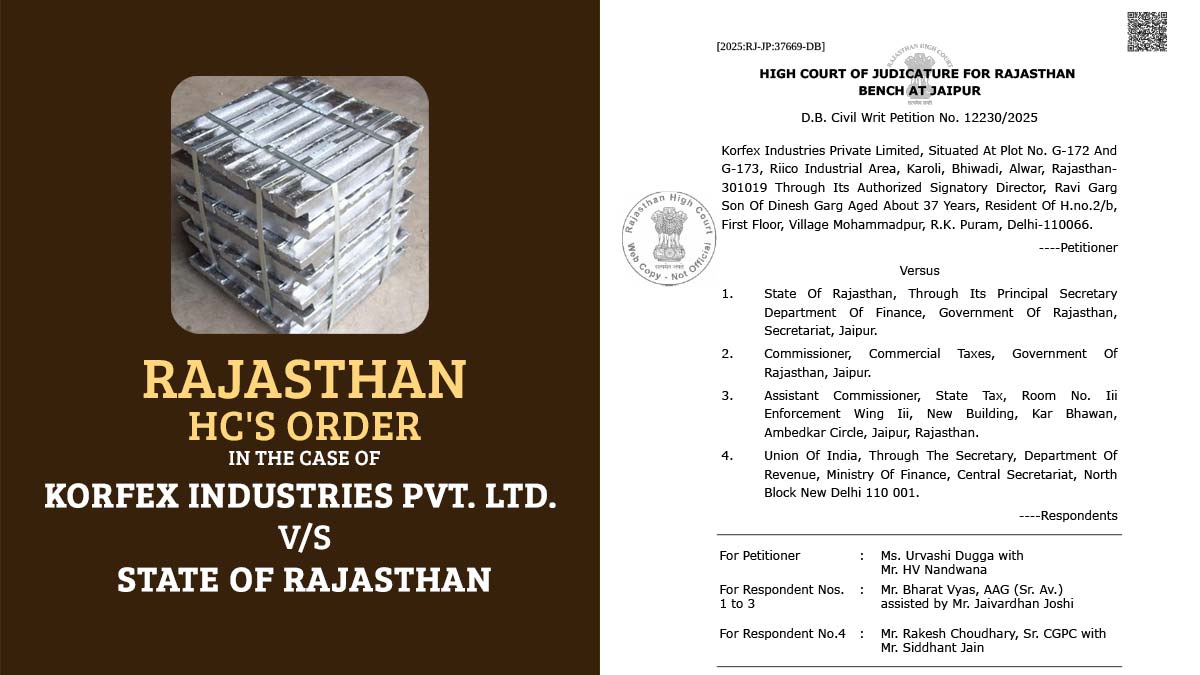

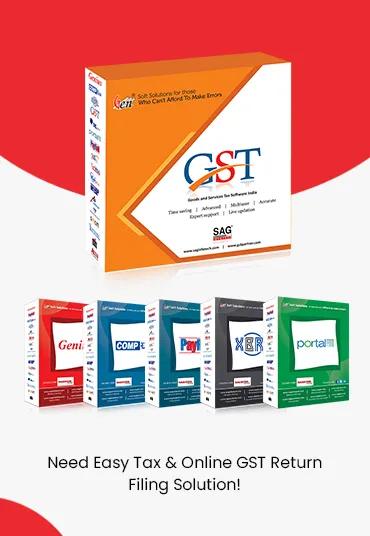
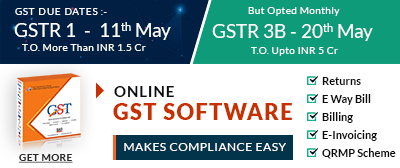
sales made during the F.Y. 1.4.24 to 31-3-25 last date to issue the credit notes
A correction required : should read Rs 1000/- sgst paid +Rs 1000/- sgst ITC not paid = Rs 2000/- sgst (total gain)
Conclusion: if a credit note is not uploaded by the supplier in time, the books and gst records will not match. It does not appear to effect the revenue authorities in a negative way.
Example: credit note issued by supplier but not uploaded upto Nov 30th: cgst: Rs 1000/-, sgst: Rs 1000/-. So tax paid by supplier is excess to the extent of Rs 1000/- cgst and Rs 1000/- sgst.
AND the customer has not reduced this from their Gstr 3b ITC (because it does not appear in gstr 2b).
So net effect: REVENUE NEUTRAL.
HOWEVER-customer reduces this from Gstr 3b ITC.
So NET GAIN of revenue authorities:
They gain Rs 1000 cgst paid +Rs 1000 cgst ITC credit not taken= Rs 2000 cgst
& Rs 1000 cgst paid +Rs 1000 sgst ITC credit not taken= Rs 2000 sgst